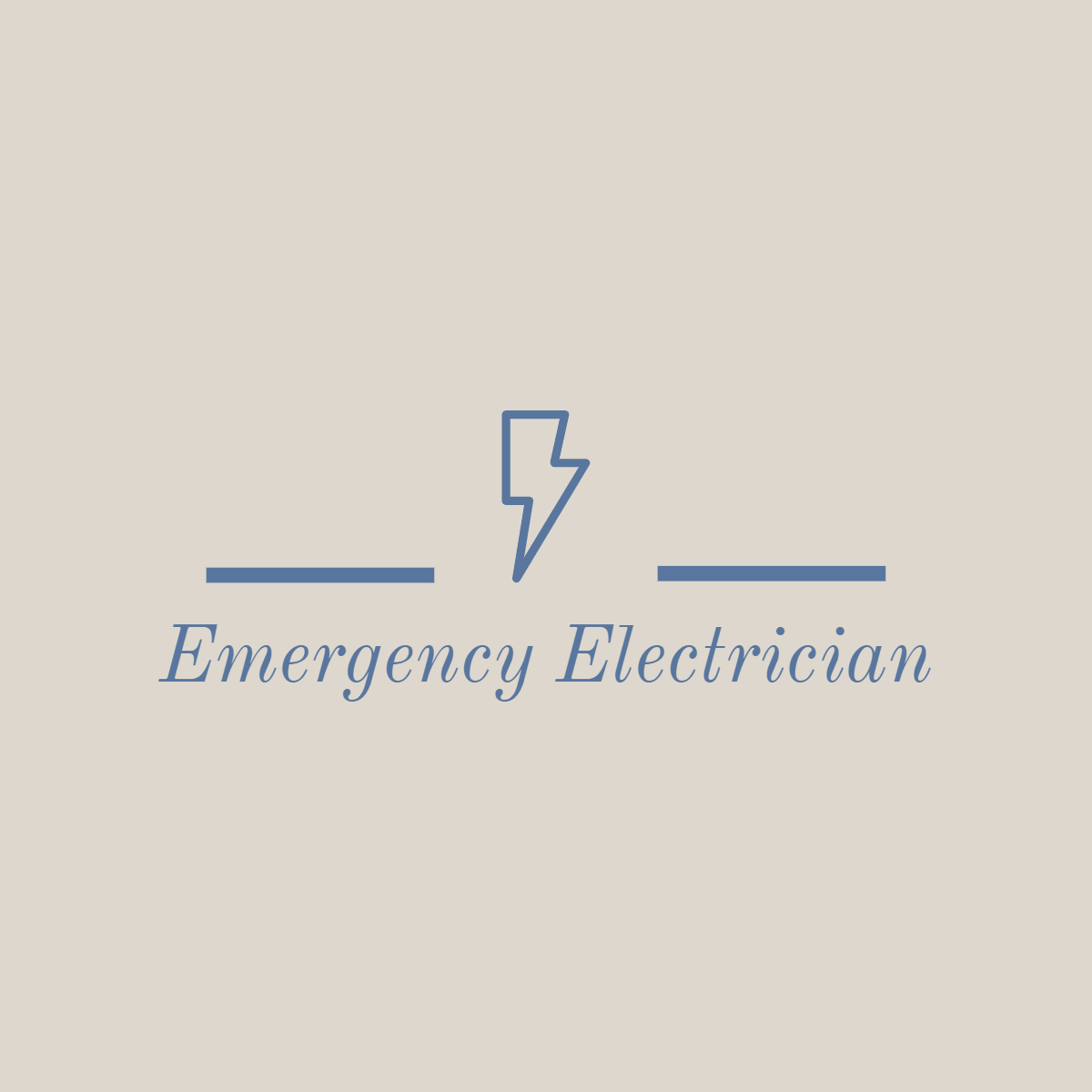Service area
Local Emergency Electrician Service in Conwy
Discover trusted professionals covering Conwy. Browse categories, check reviews, and connect instantly.
Quick view
Local specialists
Active listings
5
Share your project details and hear back quickly from verified providers in Conwy.
Local directory
Trusted pros in Conwy
Rapid Response Electrical Limited
✅NO CALL-OUT FEE ✅Fully Certified, I am covering local and surrounding areas as well, In times of emergency, you need an electrical service you can trust. Our emergency electrical services are available 24/7 to handle any urgent situation. Whether you have a power outage, a circuit overload, or a faulty wiring issue, our team of experienced electricians will be there to quickly and efficiently resolve the problem, ensuring your safety and the safety of your property. Don't wait, call us now for fast and reliable emergency electrical service. Thanks 😊 Yours sincerely, James Brown
AlarmFix Pro
🔴No cost for call-out🔴Silence chirping smoke alarms🔴Expert technicians🔴Smoke detector maintenance🔴Safety from fire and carbon monoxide🔴Swift response, reliable service🔴Guarantee top-notch condition🔴Protect family/employees🔴Say goodbye to constant beeping🔴Dial for unparalleled expertise
ElectroScent Solutions
Introducing ElectroScent Solutions, your premier destination for resolving those concerning electrical issues with a distinctive touch. Experience the peace of mind knowing that our expert technicians specialize in tackling all matters related to the smell of burning electronics. With our unparalleled expertise in electrical diagnostics and repair, we're here to ensure your safety and comfort. Don't let the smell of burning wires linger—call ElectroScent Solutions today for prompt and reliable service. Your satisfaction is our priority, and with our proven track record of excellence, you can trust us to deliver results that exceed your expectations. Say goodbye to electrical worries and hello to a refreshed and inviting environment. Contact ElectroScent Solutions now and experience the difference firsthand.
TrippEase Solutions
⭐We are covering locally and surrounding Areas⭐No charge for call-outs: TrippEase Solutions offers free call-out service.⭐Keep your electricity flowing smoothly: Don't let frequent circuit breakers tripping disrupt your day.⭐Specialized electricians: Our team specializes in fixing faulty fuses, tripped RCDs, and overloaded circuit breakers.⭐Quick fixes: Don't be left in the dark due to simple switch or fuse issues – call us now!⭐Comprehensive service: From outlets to heaters, lights to dryers, we handle all electrical problems.⭐Ensure uninterrupted power: Say goodbye to worries about main circuit breakers tripping or appliances losing power.⭐Stress-free solutions: Let us take the stress out of your electrical troubles and keep your home powered up.⭐Experience the difference: Contact TrippEase Solutions today and experience reliable electrical service.
Luminex Solutions
✅We are covering local and surrounding Areas✅No charge for call-outs: Luminex Solutions offers free call-out service.✅Expert assistance: Our team provides expert help with any lighting issues you encounter.✅Resolve any lighting problem: Whether it's blinking bulbs, buzzing fixtures, or strobing outdoor lights, we've got you covered.✅Tailored solutions: Say goodbye to flickering lights and hello to customized, dimmable solutions.✅Comprehensive service: From ceiling lights to porch lights, bathroom lights to recessed lighting, we handle it all.✅Brighten up your surroundings: Contact us today to illuminate your space and say goodbye to lighting issues!
About Emergency Electrician
Emergency Electrician in Conwy
Conwy
